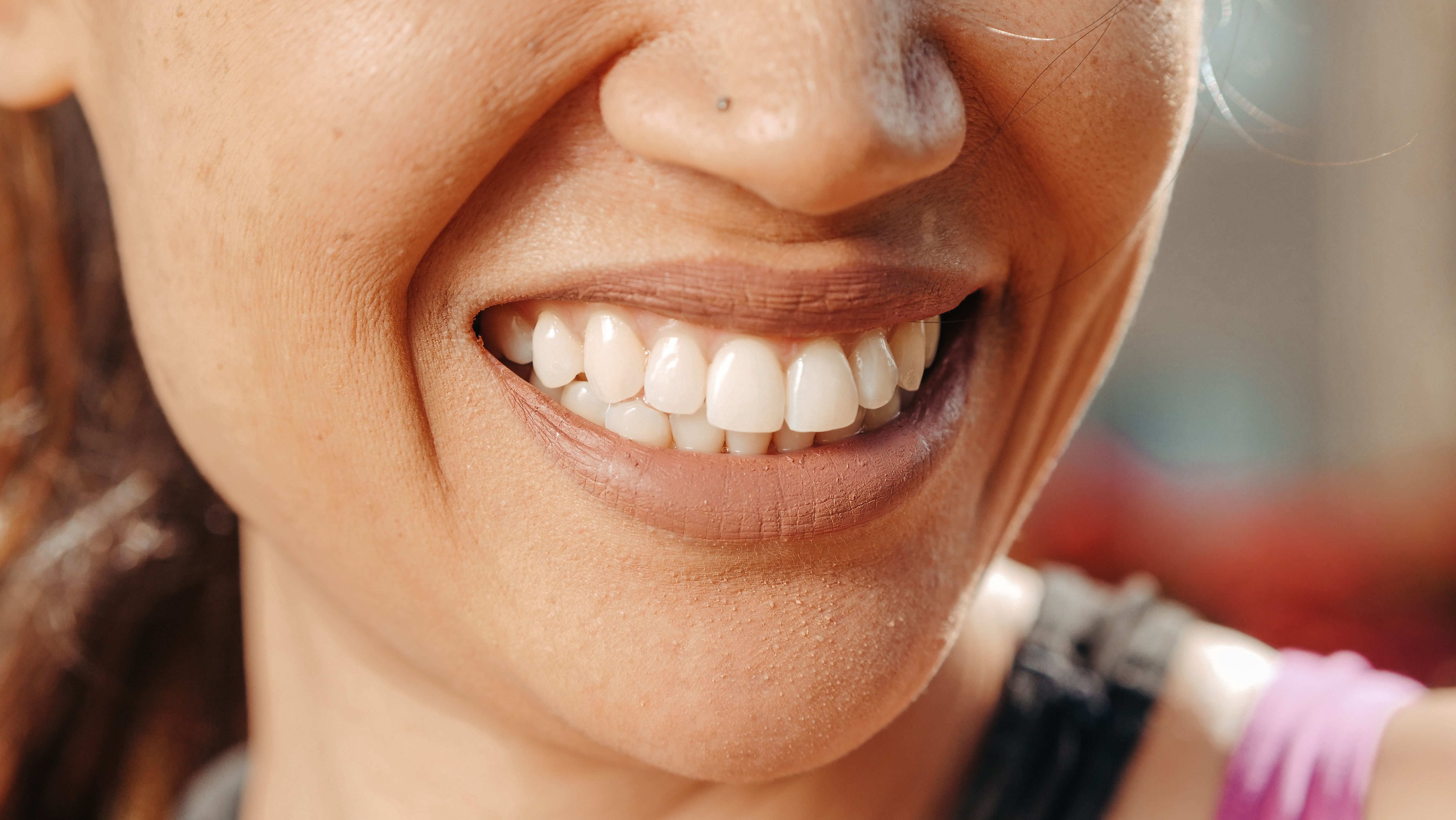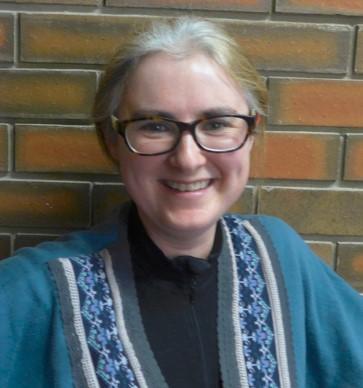Pregnancy and puberty 'seen' in teeth

SCIENTISTS have discovered clear indications that pregnancy and puberty may be recorded in our teeth - which could revolutionise how we monitor the health of past and future generations.
A study of modern donated teeth showed clear “biomarkers” coinciding with growth changes in puberty and pregnancy.
Corinne Feuillatre, a PhD student at the University of Bradford who carried out the study with colleagues in Bradford and Sudan and whose findings are published in the journal, Annals of Human Biology, said: “We have known for a while that we can tell a lot about our diet from the chemicals in our teeth.
"By measuring changes in these chemicals we can estimate the diet of an individual when the tooth was forming, but we also know that the chemicals are affected by events such as periods of rapid growth or starvation.
"What we didn’t know previously is that major metabolic events - puberty and pregnancy - may also be recorded in teeth."

Pictured above: Corinne Feuillatre
Wisdom teeth (3rd molars) develop from the age of about eight to 23 years and record the protein in the diet as they grow. In eight of the 10 wisdom teeth, donated from the Khartoum Centre for Research and Medical Training, Sudan, Corinne discovered similar patterns of change in the chemicals at the ages that each person would have been likely to go through puberty.
She said: “That’s when I got really excited and realised something was going on there.”
The other two teeth came from people who were known to have lived through a period of famine, possibly suffered from malnutrition and did not show the same biomarkers for adolescent growth.
Corinne also found that in six of the female teeth another significant change in the chemicals occurred after puberty and before the age of 23 which she believes indicates pregnancy. This is consistent with medical histories from Dr Fadil Elamin, of Khartoum Centre for Research and Development, for women who donated wisdom teeth for the study by Dean and Elamin in 2014 which identified changes in growth patterns in teeth during pregnancy.
Significance for past populations
Further study of a larger sample is required to confirm Corinne’s findings, but her discovery could help archaeologists gain a better understanding of past populations.
Corinne said: “We have very little recorded information on the timing of puberty and pregnancy in the distant past. Using biomarkers such as these could help archaeologists better understand the lives and health of everyday people.”
Significance for future populations
The former paediatric dietitian also believes her work could lead to better monitoring of children’s health in the future.
She said: “The chemicals we measure in the teeth are also recorded in a person’s hair and nails. In past populations, it’s easy to study the teeth because they are made of such strong material that they often survive when other body parts do not.
“For studying people today, we can use samples of hair and nails, which is a non-invasive way of measuring a person’s health. As they grow at a much faster rate than teeth, we can get a much more detailed dietary history.
“There is the potential that by analysing hair and nails from mothers and babies during pregnancy and the first year of life we could identify those babies who are more at risk of obesity or malnourishment. Intervention programmes could then be introduced early.
“Currently, health professionals routinely measure the baby’s length and weight, but that may not give an accurate picture of a baby’s nutrition. Understanding the relationship between diet and growth could be a very useful way to monitor premature or very small babies.”
- Corinne now plans to conduct a pilot study using donated hair and fingernails from one mother and infant. She will analyse the baby’s hair and nails every month for 12 months. Her plan is to expand this to a similar trial with 40 women and babies next summer.
- Dr Julia Beaumont, biological anthropologist at the University of Bradford, who developed the method of incremental dentine analysis used in this study, said: "Although understanding these chemical changes can be very complex, if we can study modern individuals where we know their medical and life histories, we can be more confident when applying this knowledge to past and future generations."
- Dr Fadil Elamin, Honorary Research Fellow at Queen Mary University London, based at the Khartoum Centre for Research and Development, Sudan, who worked with Corinne and Dr Beaumont on this latest study, said: "In evolutionary terms, teeth provide a readily available preserved biological human tissue that may help decipher life history parameters in individuals and past populations. These include pregnancy, puberty and health status, and in the case of this Sudanese sample extreme hardship such as malnutrition coupled with early childbearing. Coupled with the fact that previous studies have shown that the overall timing of tooth formation Is not impacted by malnutrition, the chemical disruptions which occurred throughout early life in this sample offer an accurate map of major life events and disruptions from puberty to pregnancy and malnutrition in developing human beings. This is exciting for me personally because Sudan was home to one of the oldest Egyptian civilizations with little-known life histories."

Pictured above: Dr Julia Beaumont
